Chaco Canyon series
finding unseen presence – the photographs
I am constantly looking for that which is existent, but nearly always overlooked. There is an unseen presence in the locations to which I am drawn – imbued with powerful histories demanding to be noticed and acknowledged if one takes the time to listen, look and honor an extended moment. Time is the key. I have spent multiple days and countless hours losing myself and finding myself in varied places across the planet – tuning in to past human activity embedded within the landscape and architectures of these locus sites. Chaco Canyon, Stonehenge, the Grand Canyon, the Dry Tortugas, Los Angeles, Paris, New York City – all are locations where the land, and the stone, wood, concrete, glass and steel resonate with an energy that is palpable, active and absolutely present. There is a continuum of human beings inhabiting remarkable environments creating, constructing, conjuring miracles and striving for connections – even in places long abandoned. This dynamic vitality reverberates in the landscape and the structures I visit. While lingering, secrets are revealed. Mysteries seen. This is what I am seeking, where I aim my camera – to find a certain unseen presence. – Lawrence Fodor 2017
For over 2,000 years, Pueblo peoples occupied a vast region of the south-western United States. Chaco Canyon, a major centre of ancestral Pueblo culture between 850 and 1250, was a focus for ceremonials, trade and political activity for the prehistoric Four Corners area. Chaco is remarkable for its monumental public and ceremonial buildings and its distinctive architecture – it has an ancient urban ceremonial centre that is unlike anything constructed before or since. In addition to the Chaco Culture National Historical Park, the World Heritage property includes the Aztec Ruins National Monument and several smaller Chaco sites managed by the Bureau of Land Management. – UNESCO
Showing 1–16 of 21 results
-

Chaco Canyon, 2015.05.31.16
$950.00 – $1,500.00 View Options This product has multiple variants. The options may be chosen on the product page -

Chaco Canyon, 2015.05.31.06
$950.00 – $1,500.00 View Options This product has multiple variants. The options may be chosen on the product page -

Chaco Canyon, 2015.05.31.07
$950.00 – $1,500.00 View Options This product has multiple variants. The options may be chosen on the product page -

Chaco Canyon, 2015.05.31.08
$950.00 – $1,500.00 View Options This product has multiple variants. The options may be chosen on the product page -

Chaco Canyon, 2015.05.31.18
$750.00 – $1,500.00 View Options This product has multiple variants. The options may be chosen on the product page -

Chaco Canyon, Fajada Butte, 2015.06.01.03
$950.00 – $1,500.00 View Options This product has multiple variants. The options may be chosen on the product page -

Chaco Canyon, Fajada Butte, 2015.06.01.04
$750.00 – $1,800.00 View Options This product has multiple variants. The options may be chosen on the product page -

Chaco Canyon, Fajada Butte, 2015.06.01.08
$950.00 – $1,500.00 View Options This product has multiple variants. The options may be chosen on the product page -

Chaco Canyon, 2015.05.31.25
$950.00 – $1,500.00 View Options This product has multiple variants. The options may be chosen on the product page -

Chaco Canyon, 2015.05.31.12
$750.00 – $1,500.00 View Options This product has multiple variants. The options may be chosen on the product page -

Chaco Canyon, Fajada Butte, 2015.06.01.01
$750.00 – $1,500.00 View Options This product has multiple variants. The options may be chosen on the product page -

Chaco Canyon, 2015.05.31.13
$950.00 – $1,500.00 View Options This product has multiple variants. The options may be chosen on the product page -

Chaco Canyon, 2015.05.31.17
$950.00 – $1,500.00 View Options This product has multiple variants. The options may be chosen on the product page -

Chaco Canyon, 2015.05.31.14
$950.00 – $1,500.00 View Options This product has multiple variants. The options may be chosen on the product page -

Chaco Canyon, 2015.05.31.15
$950.00 – $1,500.00 View Options This product has multiple variants. The options may be chosen on the product page -

Chaco Canyon, 2015.05.31.22
$950.00 – $1,500.00 View Options This product has multiple variants. The options may be chosen on the product page







